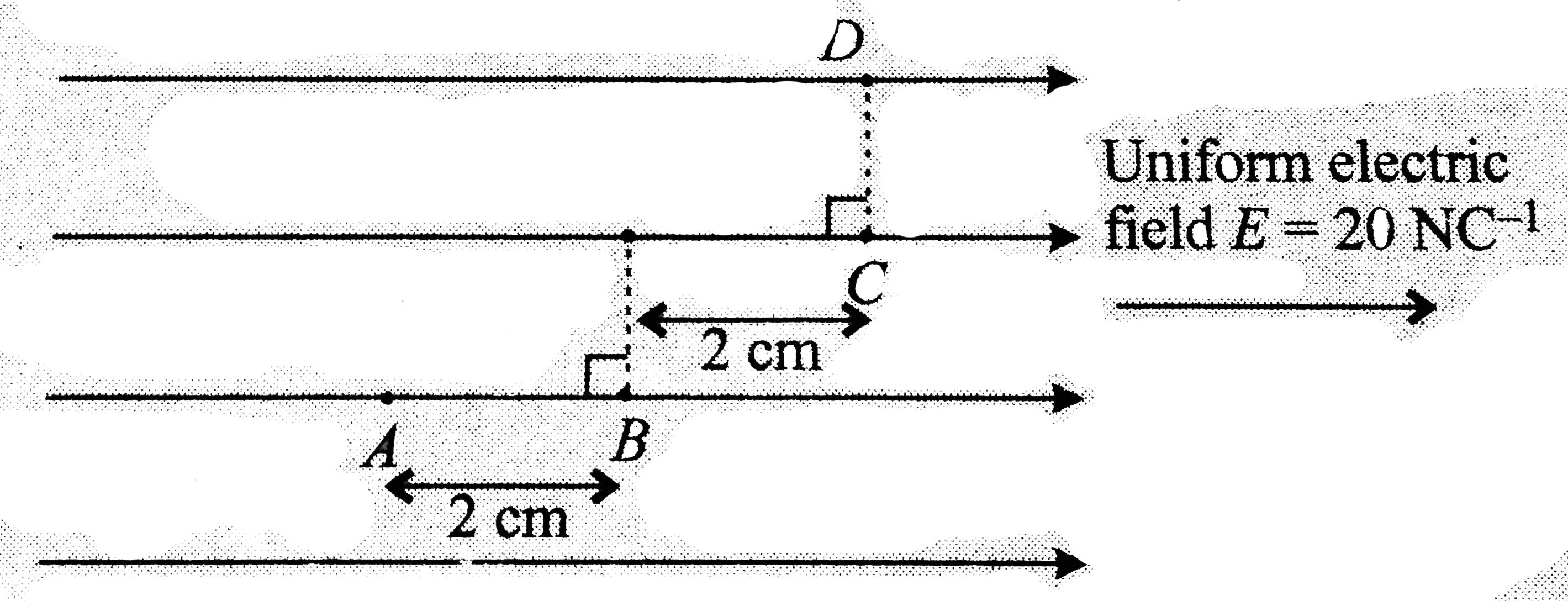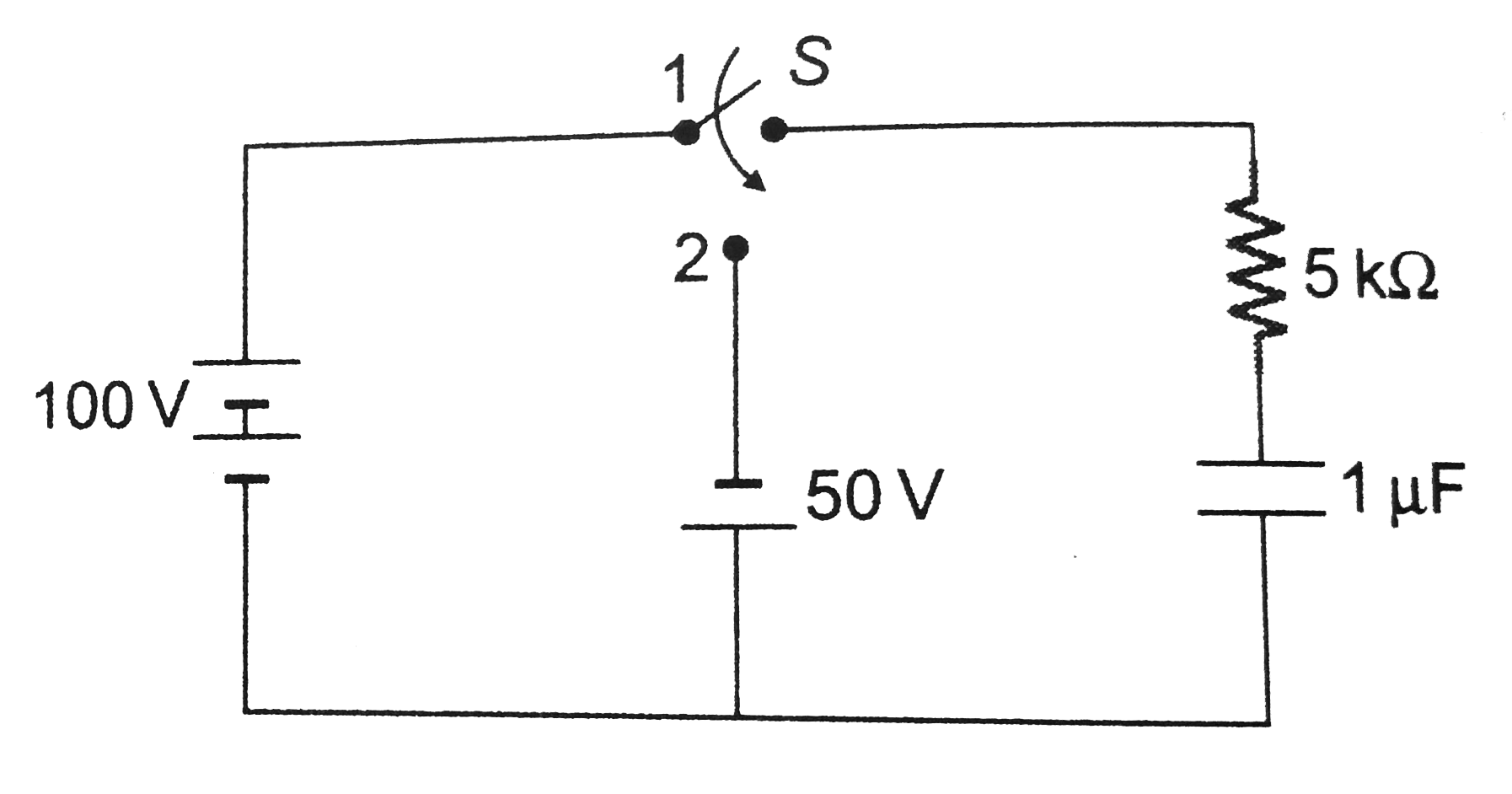RV + VC =
EC
TLC
IC
RV
The correct Answer is:B
To solve the question RV + VC = ?, we need to understand the terms involved: RV (Residual Volume) and VC (Vital Capacity).
1. Identify the Terms:
- RV (Residual Volume): This is the volume of air that remains in the lungs after a maximum exhalation. It cannot be expelled from the lungs.
- VC (Vital Capacity): This is the maximum volume of air that can be expelled from the lungs after a maximum inhalation. It represents the total amount of air that can be moved in and out of the lungs during breathing.
2. Understanding the Relationship:
- The total lung capacity (TLC) is defined as the total volume of air that the lungs can hold. It is the sum of the residual volume (RV) and the vital capacity (VC).
- Mathematically, this relationship can be expressed as:
TLC=RV+VC
3. Conclusion:
- Therefore, when we add the residual volume (RV) and the vital capacity (VC), we get the total lung capacity (TLC).
- Thus, the answer to the question RV + VC is:
RV+VC=TLC
Final Answer:
RV + VC = TLC
- RV (Residual Volume): This is the volume of air that remains in the lungs after a maximum exhalation. It cannot be expelled from the lungs.
- VC (Vital Capacity): This is the maximum volume of air that can be expelled from the lungs after a maximum inhalation. It represents the total amount of air that can be moved in and out of the lungs during breathing.
- The total lung capacity (TLC) is defined as the total volume of air that the lungs can hold. It is the sum of the residual volume (RV) and the vital capacity (VC).
- Mathematically, this relationship can be expressed as:
TLC=RV+VC
- Therefore, when we add the residual volume (RV) and the vital capacity (VC), we get the total lung capacity (TLC).
- Thus, the answer to the question RV + VC is:
RV+VC=TLC
RV + VC = TLC
Topper's Solved these Questions
- BREATHING AND EXCHANGE OF GASES Book:AAKASH SERIESChapter:BREATHING AND EXCHANGE OF GASES Exercise:EXERCISE-I (Exchange of Gases)
Explore 21 Videos
- BREATHING AND EXCHANGE OF GASES Book:AAKASH SERIESChapter:BREATHING AND EXCHANGE OF GASES Exercise:EXERCISE-I (Transport of Gases)
Explore 31 Videos
- BREATHING AND EXCHANGE OF GASES Book:AAKASH SERIESChapter:BREATHING AND EXCHANGE OF GASES Exercise:EXERCISE-III (Previous AIPMT/NEET Questions)
Explore 21 Videos
- BODY FLUIDS AND CIRCULATIONBook:AAKASH SERIESChapter:BODY FLUIDS AND CIRCULATIONExercise:Exercise -III (Previous AIPMT/NEET Questions)
Explore 35 Videos
- CHEMICAL COORDINATION AND INTERGRATIONBook:AAKASH SERIESChapter:CHEMICAL COORDINATION AND INTERGRATIONExercise:Exercise-III (previous AIPMT/NEET questions)
Explore 41 Videos
Similar Questions
Four concentric conducting spherical shells A, B, C and D of radii a, 2a, 3a and 4a respectively. Shell B and D are given charges q and −q respectively. If shell C is grounded then potential difference (VA — VC) is
View SolutionFrom the following relationship between respiration volumes and capacities, mark the correct option.
(i) Inspiratory Capacity (IC) = Tidal Volume + Residual Volume
(ii) Vital Capacity (VC) = Tidal Volume (TV) + Inspiratory Reserve Volume (IRV) + Expiratory Reserve Volume (ERV)
(iii) Residual Volume (RV) = Vital Capacity (VC) - Inspiratory Reserve Volume (IRV)
(iv) Tidal Volume (TV) = Inspiratory Capacity (IC) - Inspiratory Reserve Volume (IRV)
View Solution
Knowledge Check
Match column I with column II and select the correct option from the codes given below. Column IColumn IIA.TV + ERV(i)expira→ry∩acityB.RV + ERV + TV + IRV(ii)Total Lung CapacityC.ERV + RV(iii)Functional Residual Capacity.
AA−(i),B−(ii),C−(iii)BA−(iii),B−(i),C−(ii)CA−(iii),B−(ii),C−(i)DA−(ii),B−(iii),C−(i)From the following relationship between respiration volumes and capacities, mark the correct option.
(i) Inspiratory Capacity (IC) = Tidal Volume + Residual Volume
(ii) Vital Capacity (VC) = Tidal Volume (TV) + Inspiratory Reserve Volume (IRV) + Expiratory Reserve Volume (ERV)
(iii) Residual Volume (RV) = Vital Capacity (VC) - Inspiratory Reserve Volume (IRV)
(iv) Tidal Volume (TV) = Inspiratory Capacity (IC) - Inspiratory Reserve Volume (IRV)A(i) Incorrect, (ii) Incorrect, (iii) Incorrect, (iv) CorrectB(i) Incorrect, (ii) Correct, (iii) Incorrect, (iv) CorrectC(i) Correct, (ii) Correct, (iii) Incorrect, (iv) CorrectD(i) Correct, (ii) Incorrect, (iii) Correct, (iv) Incorrect
From the following relationship between respiration volumes and capacities, mark the correct option.
(i) Inspiratory Capacity (IC) = Tidal Volume + Residual Volume
(ii) Vital Capacity (VC) = Tidal Volume (TV) + Inspiratory Reserve Volume (IRV) + Expiratory Reserve Volume (ERV)
(iii) Residual Volume (RV) = Vital Capacity (VC) - Inspiratory Reserve Volume (IRV)
(iv) Tidal Volume (TV) = Inspiratory Capacity (IC) - Inspiratory Reserve Volume (IRV)
View SolutionFrom the following relationship between respiration volumes and capacities, mark the correct option.
(i) Inspiratory Capacity (IC) = Tidal Volume + Residual Volume
(ii) Vital Capacity (VC) = Tidal Volume (TV) + Inspiratory Reserve Volume (IRV) + Expiratory Reserve Volume (ERV)
(iii) Residual Volume (RV) = Vital Capacity (VC) - Inspiratory Reserve Volume (IRV)
(iv) Tidal Volume (TV) = Inspiratory Capacity (IC) - Inspiratory Reserve Volume (IRV)
View SolutionTwo identical capacitors A and B are charged to the same potential V and are connected in two circuits at t=0 as shown in figure.The charges on the capacitor at a time t=CR are, respectively,
A. VC,VC
B. VC/e,VC
C. VC,VC/e
D. VC/e,VC/e
View SolutionFind out the following
a. VA−VB
b. VB−VC
c. VC−VA
d. VD−VC
e. VA−VD
f. Arrange the order of potential for points (A, B,C and D).
 .
.
View SolutionIn a series LCR, AC circuit, if VL=800, VC=1600V and applied voltage is 1000V, then power factor is
View SolutionInitially, the switch is in position 1 for a long time. At t=0, the switch is Obtain expressions for VC and VR for t>0

View Solution